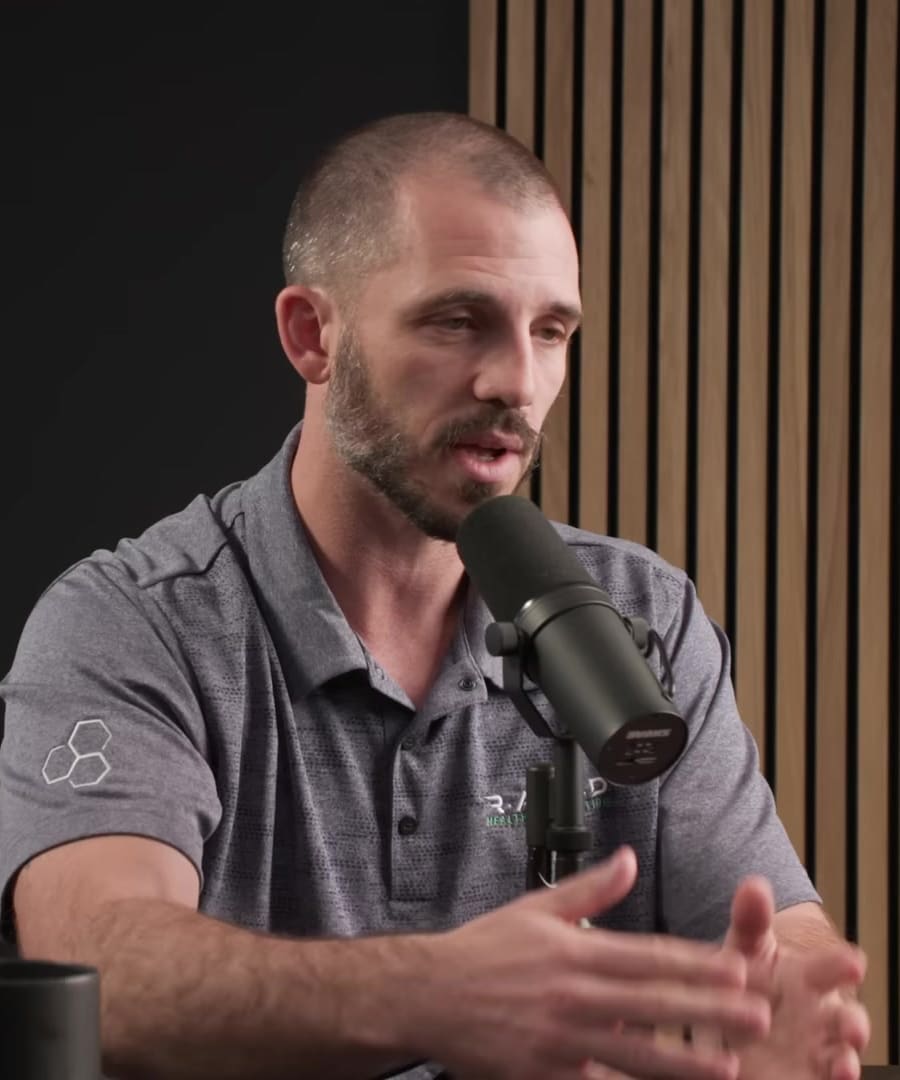Is there a safe hiit protocol for the elderly?
Sources:
Based on the information provided by in the , here are a few points relevant to adapting HIIT protocols for the elderly:
-
Be cautious with all-out sprints or cardiovascular movements to prevent injuries, and avoid going all-out on any movement that can't be performed with perfect form. It's important not to overextend limbs during exercise 1.
-
Low-level cardio, such as walking or cycling at an intensity allowing conversation, could be beneficial for overall brain health and recovery. This approach is suitable for those with injuries or limitations 2.
-
Maximal exertion exercises for brief durations, like running up stairs or jumping jacks for around 20 seconds, can improve cardiorespiratory fitness and cognitive function. This can be done in a controlled manner to mitigate risks 3.
-
High intensity training should be balanced in terms of volume and intensity to gain the full benefits of HIIT. Ensuring technical proficiency is key to minimize the risk of injury 4.
Before starting or altering any exercise regime, especially for the elderly, it is crucial to consult with a healthcare provider to address individual health conditions and mobility limitations. The provided information should not replace medical advice, and safety should always be the top priority.
RELATED QUESTIONS-
Is there a safe hiit protocol for the elderly?
- RELATED QUESTIONS



